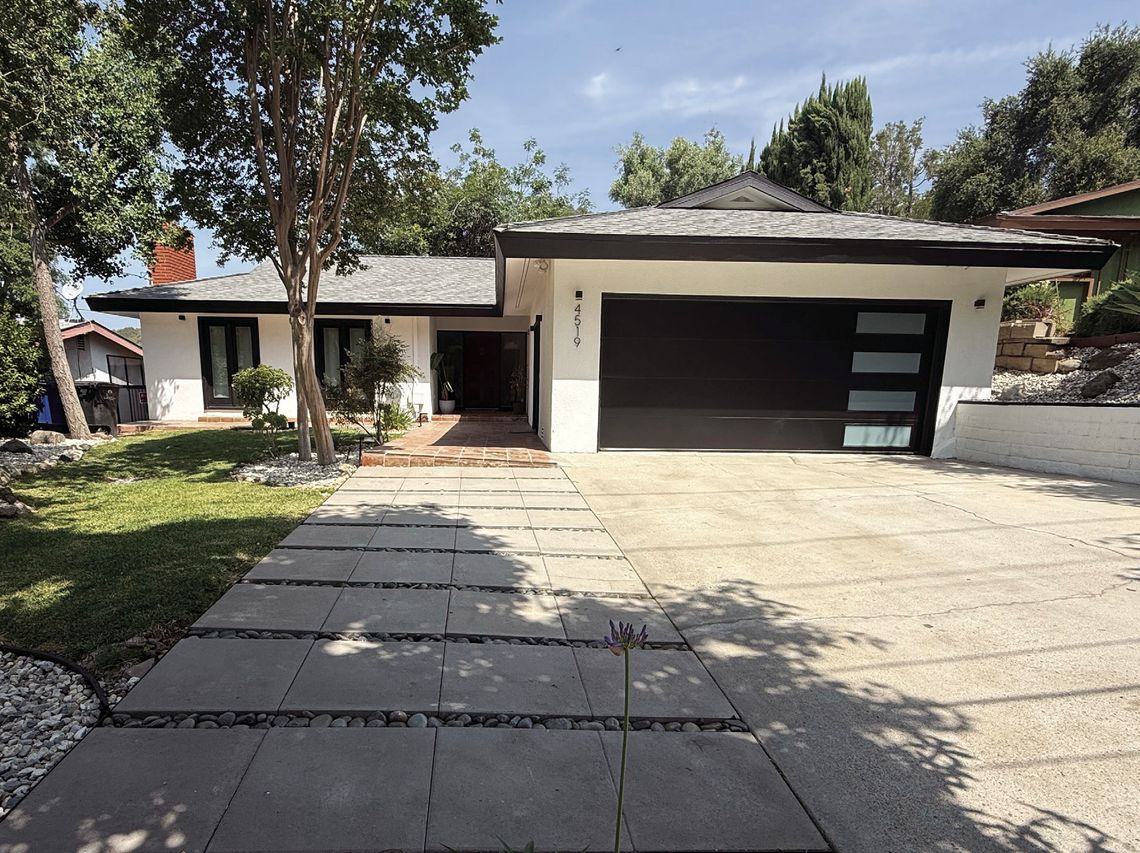FAMILY FEATURES
Don’t wait for smoke on the horizon to prepare for a wildfire. While hot temperatures, dry conditions and strong winds increase wildfire threat, taking small manageable steps – like creating a noncombustible 5-foot buffer around your home – can significantly reduce its risk of ember ignition.
As fiery bits of debris, embers can travel miles ahead of the main fire front and often find vulnerable areas, including roofs; vegetation; landscaping; wood, wicker or plastic furniture; dried leaves; and other yard debris, making them the No. 1 reason homes ignite during wildfires.
To help homeowners take the guesswork out of wildfire prep and protect what matters most, experts at the Insurance Institute for Business & Home Safety (IBHS) developed science-based guidance to reduce your home’s vulnerability and risk of ignition.
Check and Maintain Your Roof
More than 90% of U.S. homes already have a Class A fire-resistant-rated roof. However, if your roof is made of wood or other non-rated materials, replace it with a Class A roof to reduce fire risk. Also, regularly clear the roof of leaves, needles and other debris.
In addition, replace plastic or PVC gutters with noncombustible metal options, such as aluminum or steel, and regularly clear gutters and downspouts o f all vegetative debris, which can provide fuel for embers to land on and ignite. When i gnited, this debris could expose the fascia, roof and attic to flames.
Establish a Critical 0-5-Foot Noncombustible Zone
From the curb to just a few steps from the front door, lush law n, native plants and healthy trees are part of a wildfire-prepared yard. However, the area closest to your home, a 5-foot buffer, often called “Zone Zero,” is key to keeping embers at ba y without any material in this area to ignite.
In fact, a study from IBHS and ZestyAI found property owners wh o clear vegetation from the perimeter of their home can nearly double the likeliho od of it surviving a wildfire.
This doesn’t mean you need to leave this area barren; in fact, a wildfire-prepared landscape is beautiful, green and safe.
Design your yard with healthy trees, plants and grass up to the last few steps to your home. In the last 5 feet, top landscape pavers or river rocks with ceramic flowerpots or noncombustible planters that can easily be moved on Red Flag days – which indicate weather conditions are optimal for wildfire spread – for a beautiful setting that also acts as a fire-resistant buffer. Trees overhanging the zone can serve as a connective path for fire to travel from the yard to the house. Trim them to prevent this risk as well as reduce debris accumulation on the roof, gutters and at the base of exterior walls.
Don’t forget to give the same care to your backyard. Just like looking in from the front curb, native landscaping, including trees and plants, as well as privacy fences, can extend all the way up to just a few steps f rom the back of your home. In the 5-foot area nearest your home, create an outd oor living space with hardscaping and add patio furniture, planters and other decor – choosing materials like ceramics and wrought iron that won’t burn.
Protect Exterior Features
Vents are weak points where embers can enter your home or build up and ignite materials inside. Install flame- and ember-resistant vents or retrofit existing vents – including attic, soffits, wall and crawlspace vents as well as roof openings – with 1/8-inch, corrosion-resistant metal mesh. Also ensure dryer vents have functional louvers or a self-closing flap to block embers.
Looking around your yard where blowing leaves gather is a good way to visualize the places embers can collect like at the base of a h ome’s exterior walls. Ensure at least 6 inches of vertical, noncombustible mat erial at ground level (and above decks or patios) below your siding to prevent ember ignition. Materials can include exposed concrete foundation, fiber-cement siding, brick, stone, stucco or metal flashing.
No longer just a threat for western states, these mitigations can reduce wildfire risk in communities across the country. Homeowners in certain states can use this system of mitigation actions to receive a Wildfire Prepared Home designation.
Find more wildfire mitigation guidance by visiting wildfireprepared.org.
.png)














